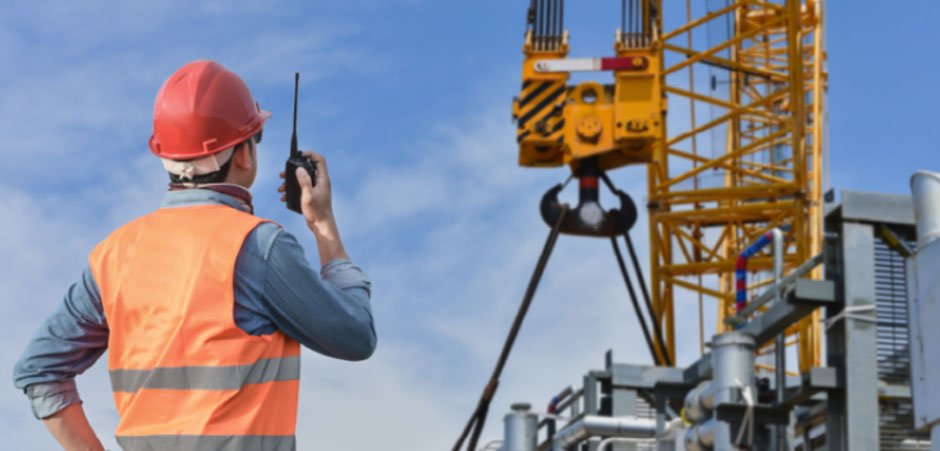Managing a construction site goes far beyond laying bricks and pouring concrete. Successful projects require careful planning, coordination, and problem-solving to ensure everything runs smoothly. From material deliveries to worker safety, site logistics play a crucial role in keeping a project on track and within budget.
Why Site Logistics Matter in Construction
Good site logistics can mean the difference between a well-organised project and one plagued by delays, inefficiencies, and unexpected costs. When materials arrive late, equipment isn’t in the right place, or tradespeople can’t work efficiently, productivity takes a hit.
Using tools like a construction scheduling platform can help with logistics by ensuring accurate material orders, coordinating schedules, and preventing costly delays. With better planning, builders can optimise workflows, reduce downtime, and improve overall project efficiency.
Key Elements of Effective Site Logistics
A well-organised construction site relies on several key logistical factors. Addressing these elements early helps prevent chaos as the project progresses.
1. Site Layout and Organisation
The way a site is set up impacts how efficiently work gets done. Proper layout planning ensures that materials, equipment, and workers move seamlessly throughout the site without unnecessary delays.
Key considerations include:
- Designating storage areas for materials to avoid clutter
- Ensuring clear pathways for machinery and workers
- Allocating space for waste management and recycling
- Positioning welfare facilities for easy access
A well-structured site not only improves productivity but also enhances safety by reducing hazards caused by poor organisation.
2. Material Delivery and Storage
Timing is everything when it comes to materials. Delivering too early can lead to storage issues and potential damage, while late deliveries can bring the entire project to a halt. Coordinating with suppliers and scheduling deliveries based on project phases helps maintain a steady workflow.
Storage solutions should also be carefully planned to:
- Protect materials from weather damage
- Prevent theft or loss of high-value items
- Keep essential items easily accessible to workers
3. Equipment and Machinery Management
Construction sites often require a variety of heavy machinery and tools. Proper logistics ensure that the right equipment is available when needed, preventing downtime caused by missing or malfunctioning machinery.
Best practices include:
- Scheduling equipment use to avoid conflicts between trades
- Regular maintenance checks to prevent unexpected breakdowns
- Keeping backup tools on hand for critical tasks
4. Traffic and Site Access Control
Large construction projects involve multiple deliveries, subcontractors, and workers moving in and out daily. Without proper access control, congestion can slow down operations and create safety risks.
To keep things running smoothly:
- Designate entry and exit points to regulate site traffic
- Implement a clear vehicle movement plan to prevent bottlenecks
- Use signage and barriers to guide workers and visitors safely
5. Health and Safety Considerations
A poorly managed site increases the risk of accidents. Good logistics planning helps enforce safety measures and creates a structured environment where workers can operate without unnecessary risks.
Steps to improve site safety include:
- Conducting regular risk assessments
- Keeping emergency exits and first aid stations clearly marked
- Ensuring workers have proper training on site-specific hazards
Communication: The Backbone of Site Logistics
No matter how well a project is planned, poor communication can unravel everything. Construction sites rely on multiple teams working together, so keeping everyone informed is crucial.
Ways to improve communication include:
- Daily briefings to outline tasks and address potential issues
- Using digital platforms to track progress and share updates
- Ensuring clear signage and site maps for workers and visitors
When everyone is on the same page, delays and mistakes are minimised, leading to a more efficient project.
The Role of Technology in Site Logistics
Modern construction relies heavily on technology to improve site logistics. Digital project management tools, GPS tracking for deliveries, and real-time monitoring systems help keep everything on schedule.
Builders who integrate a construction scheduling platform into their workflow gain an added advantage by ensuring efficient task management, reducing material waste, and improving overall site coordination. Technology not only simplifies logistics but also enhances decision-making throughout the project.
Smarter Site Logistics Lead to Better Builds
Mastering site logistics isn’t just about keeping a construction site organised—it’s about ensuring projects run efficiently, safely, and within budget. With the right planning, clear communication, and the use of modern tools, builders can avoid common pitfalls and keep their projects moving forward without unnecessary disruptions.
By incorporating smart logistical strategies and leveraging technology, construction teams can build faster, reduce waste, and improve overall project outcomes.









